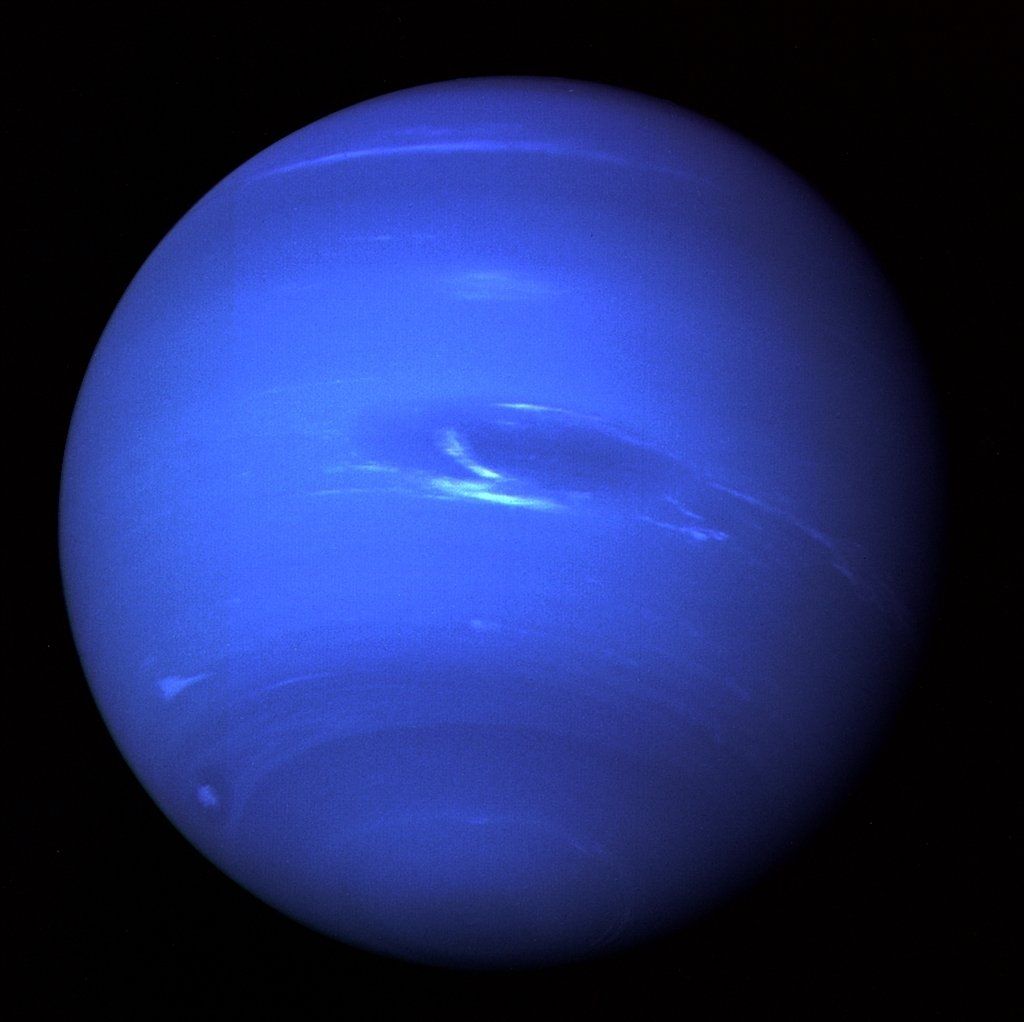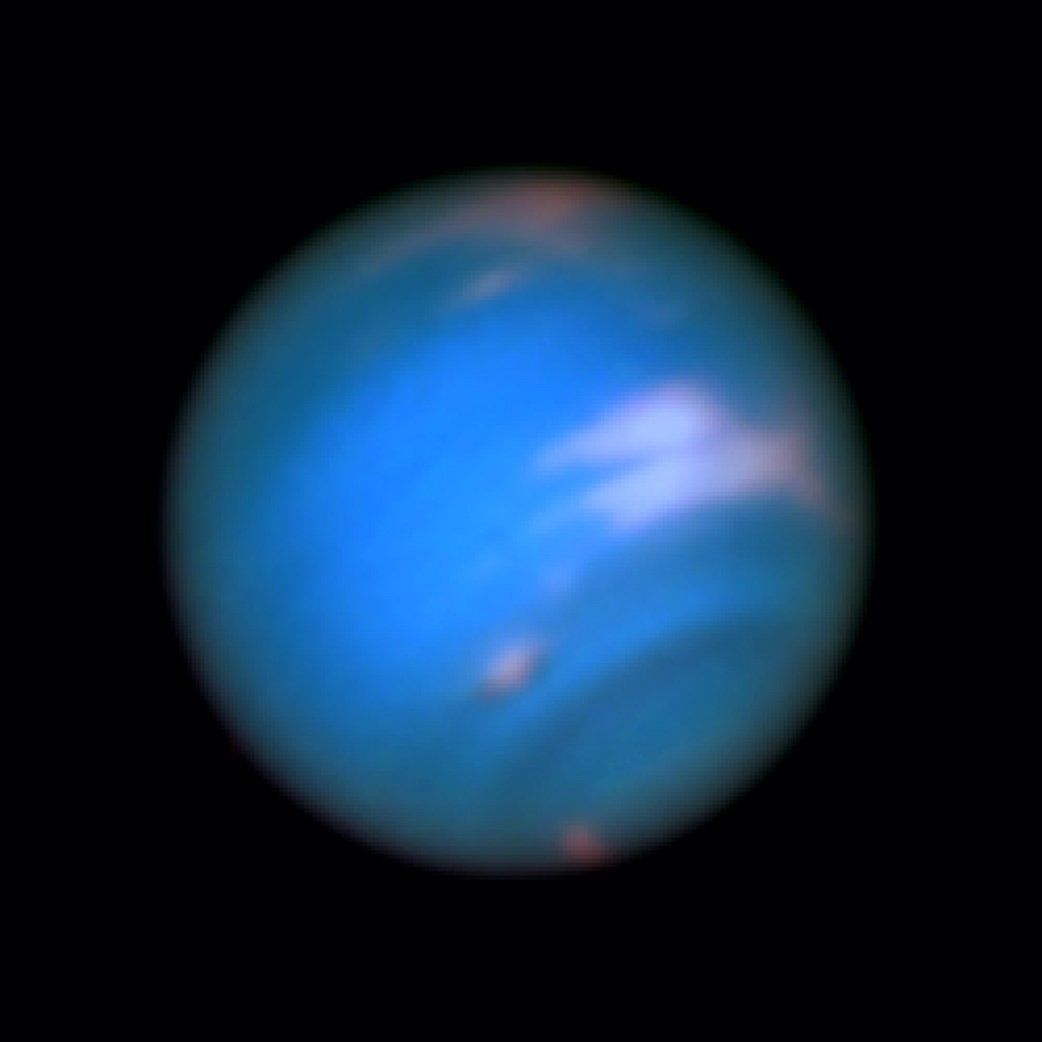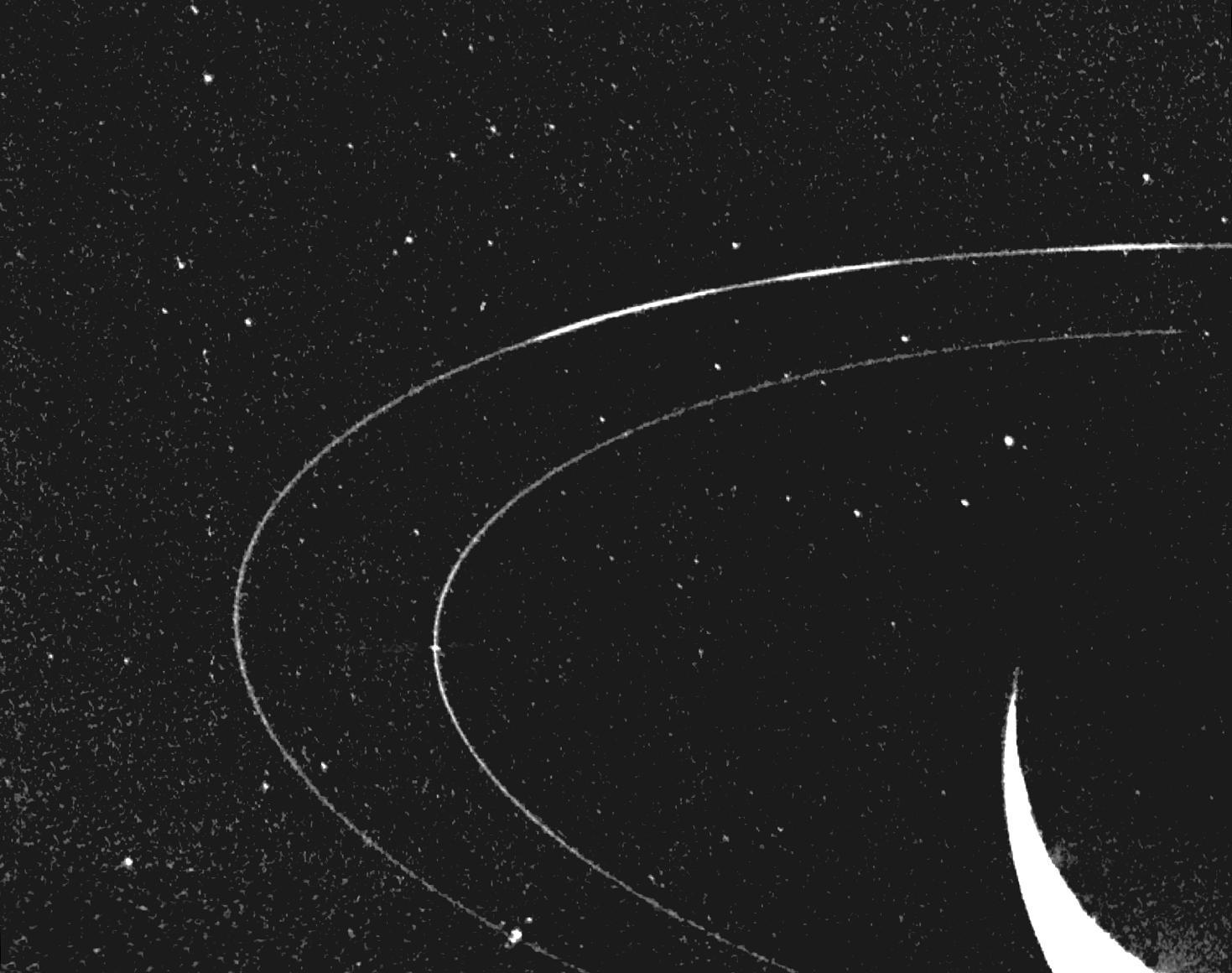This web page is created within BALTICS project funded from the European Union’s Horizon2020 Research and Innovation Programme under grant agreement No.692257.
Neptune
Neptune is the farthest known planet in the solar system. Unlike Uranus, which was accidentally spotted in the sky by telescope, Neptune’s position was originally calculated mathematically.
French mathematician Urbain Le Verrier studied the orbit of Uranus and concluded that its movement around the Sun indicated the existence of another planet. The scientist sent his calculations to France’s leading astronomers, but they ignored Le Verrier’s discovery, which sent the possible planetary orbit data to a new German astronomer, Johann Galle, who acted immediately and the next night after receiving the letter (September 23, 1846) discovered so far unknown luminary.
A month did not pass when astronomers discovered Neptune’s largest moon, Triton.
Interestingly, Neptune was first spotted by Galileo Galilei. In 1613, Neptune was observed in the Earth’s sky near Jupiter. Galileo thought it was a star.
The planet, named after the ancient Roman god of the sea, is located 4.5 billion kilometers or 30 astronomical units from the Sun. One year on it lasts 165 Earth years. While Pluto was still considered the ninth planet in the solar system, once in 248 Earth years for 20 years, Neptune became the ninth planet because Pluto was closer to the Sun. While Neptune orbits the Sun three times, Pluto manages to orbit the central star of the system twice. This resonance ensures that Neptune and Pluto do not collide.
Neptune has a chemical composition similar to Uranus. In an atmosphere composed mainly of hydrogen and helium, methane is present, which, by absorbing the red color of sunlight, gives the planet a bluish tinge. In the case of Neptune, the atmosphere looks distinctly blue due to a hitherto unspecified chemical compound. The atmosphere gradually changes into a mixture of water, methane and ammonia ice and liquid water. There is probably a solid core in the center of the planet.
Because Neptune is so far from the Sun, it receives very little sunlight. The temperature in the upper layers of the atmosphere is about -200 degrees Celsius.
In 1989, Voyager 2 flew pass Neptune, discovering a huge, dark storm system in the southern hemisphere with wind speeds of 2,000 km/h.
Unlike Jupiter’s Great Red Spot, storms on Neptune are short-lived. The Great Dark Spot had disappeared when scientists viewed Neptune with the Hubble Space Telescope in 1994.
In the following years, other storm systems were noticed on Neptune.
Due to the occasional clouds on Neptune, astronomers have calculated the length of Neptune’s day, which lasts about 16 Earth hours.
Neptune’s magnetic field is about 27 times stronger than the Earth’s magnetic field. Its axis is positioned at a 47-degree tilt relative to the planet’s rotation axis.
Neptune is surrounded by several rings, which are characterized by four denser areas or arches. Neptune’s rings are believed to be new and unstable. There are 14 moons orbiting the planet, most of them discovered during and after the Voyager 2 flight, using the Hubble Space Telescope and other large telescopes on Earth.






















